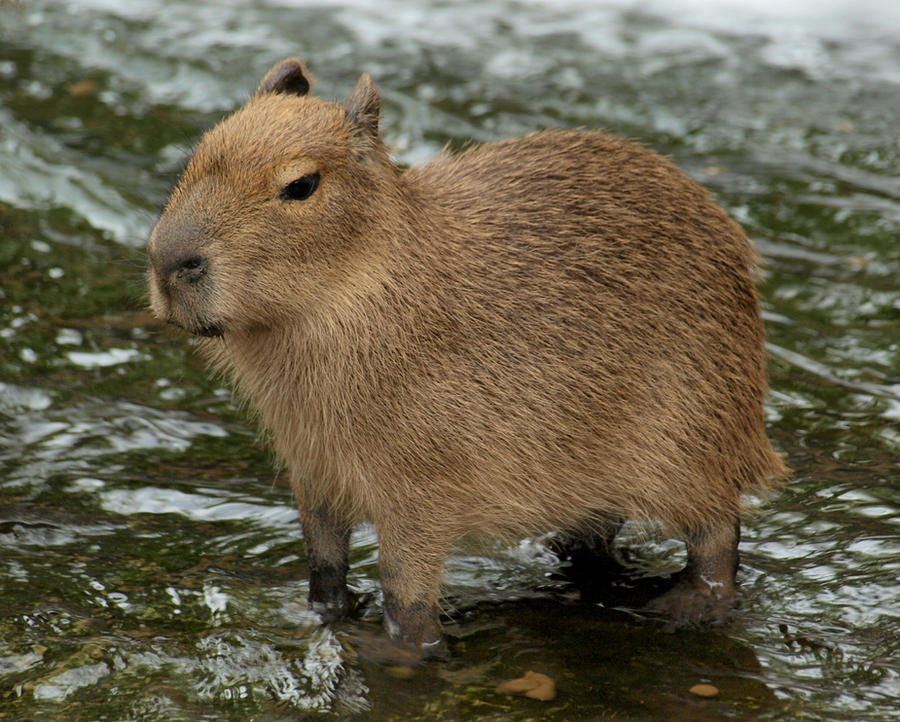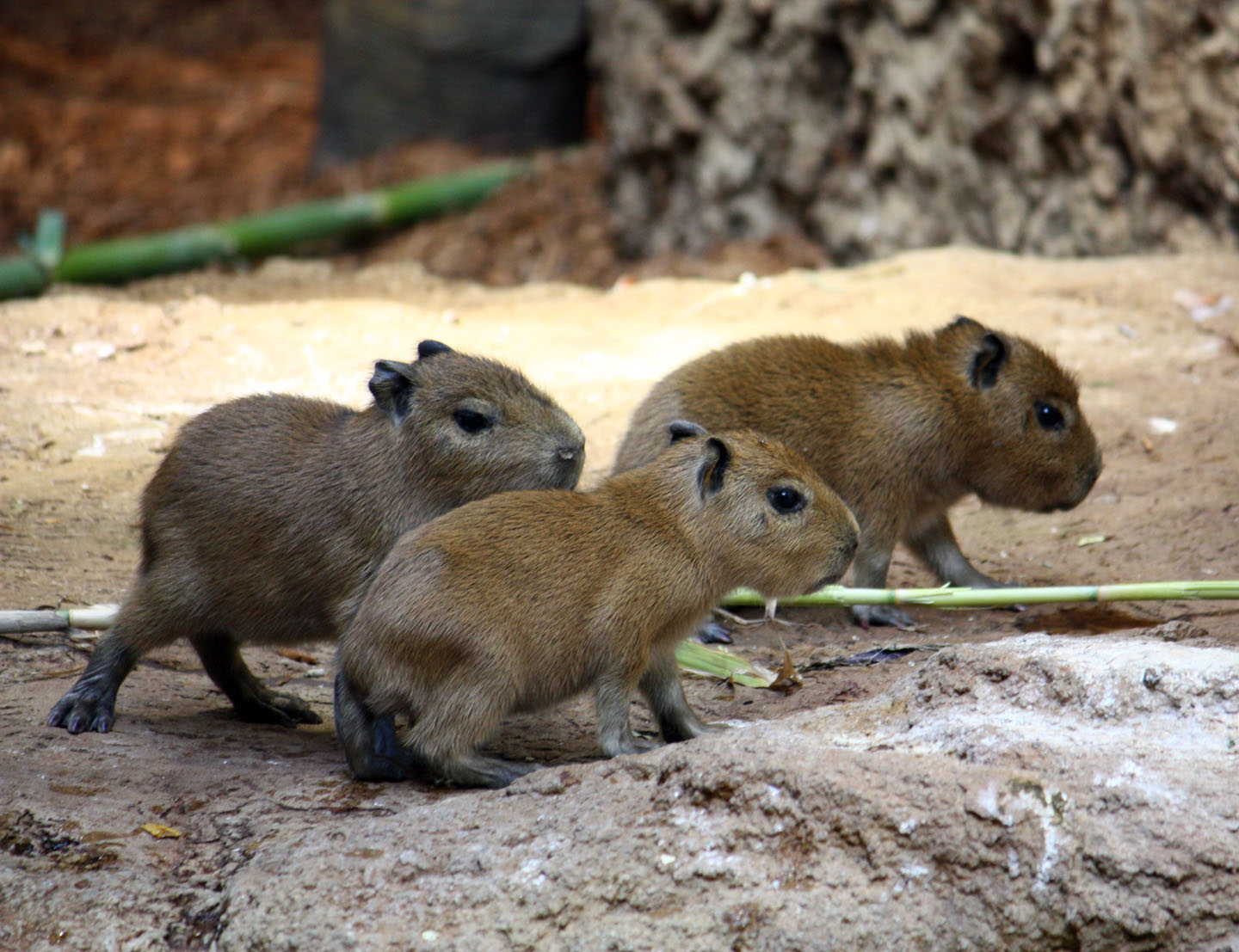
Introduction
Capybaras are adorable animals that capture the hearts of many with their charming appearance and friendly nature. As the largest rodent in the world, they are often referred to as giant guinea pigs. Native to South America, these lovable creatures have become popular pets and are also found in zoos and wildlife reserves around the world.
Physical Appearance

Capybaras have a distinct appearance that sets them apart from other animals. With a stout body, short legs, and a long, tapering snout, they have a slightly stocky build. Their fur is coarse and can vary in color, ranging from reddish-brown to gray. Capybaras also possess webbed feet, which make them excellent swimmers.
Size and Weight

When it comes to size, capybaras are quite impressive. They can grow to be around 4 feet (1.2 meters) in length and stand approximately 2 feet (0.6 meters) tall. In terms of weight, these charming creatures can reach up to 150 pounds (68 kilograms), making them one of the heaviest rodents in the world.
Social Behavior

Capybaras are highly social animals and are often found in groups known as herds. These herds can consist of up to 100 individuals, although smaller groups of 10-20 are more common. They are known for their friendly and docile nature, often getting along well with other animals and even humans.
Habitat

Capybaras are native to the wetlands of South America, including countries such as Brazil, Venezuela, and Colombia. They thrive in areas with abundant vegetation and water sources like rivers, lakes, and ponds. These semi-aquatic creatures have adapted well to their habitat and are excellent swimmers.
Diet

Capybaras are herbivores, primarily feeding on grasses, aquatic plants, and fruits. They have a unique digestive system that allows them to efficiently extract nutrients from tough plant material. These adorable animals spend a significant amount of time grazing and foraging for their food.
Reproduction

Capybaras have a relatively long gestation period of around 150 days. After mating, the female capybara gives birth to a litter of around four to six pups. These newborns are highly precocial and can walk and swim shortly after birth. The entire herd takes care of the young, showing a strong sense of community.
Interaction with Humans

Capybaras have gained popularity as pets in some regions, especially where it is legal to own them. Their friendly and sociable nature makes them great companions. However, it is important to note that capybaras require specific care and a suitable living environment to thrive. Always ensure that you have the necessary knowledge and resources before considering a capybara as a pet.
Conservation Status

Capybaras are not currently classified as an endangered species. However, they do face threats such as habitat loss and hunting for their meat and skin. Conservation efforts are in place to protect their natural habitats and raise awareness about the importance of preserving these unique creatures.
Conclusion
Capybaras are undeniably one of the cutest animals on our planet. Their charming appearance, friendly nature, and unique characteristics make them fascinating creatures to learn about and admire. Whether in the wild, in zoos, or as pets, capybaras continue to bring joy to those fortunate enough to encounter them.